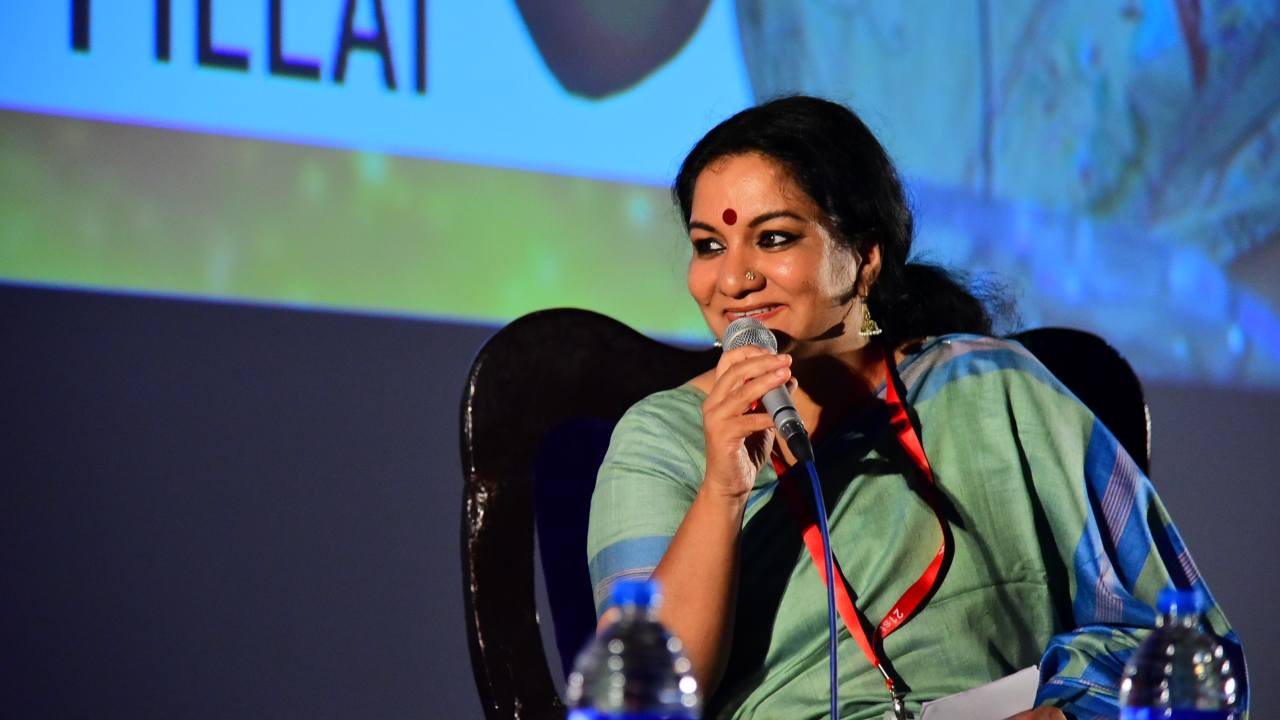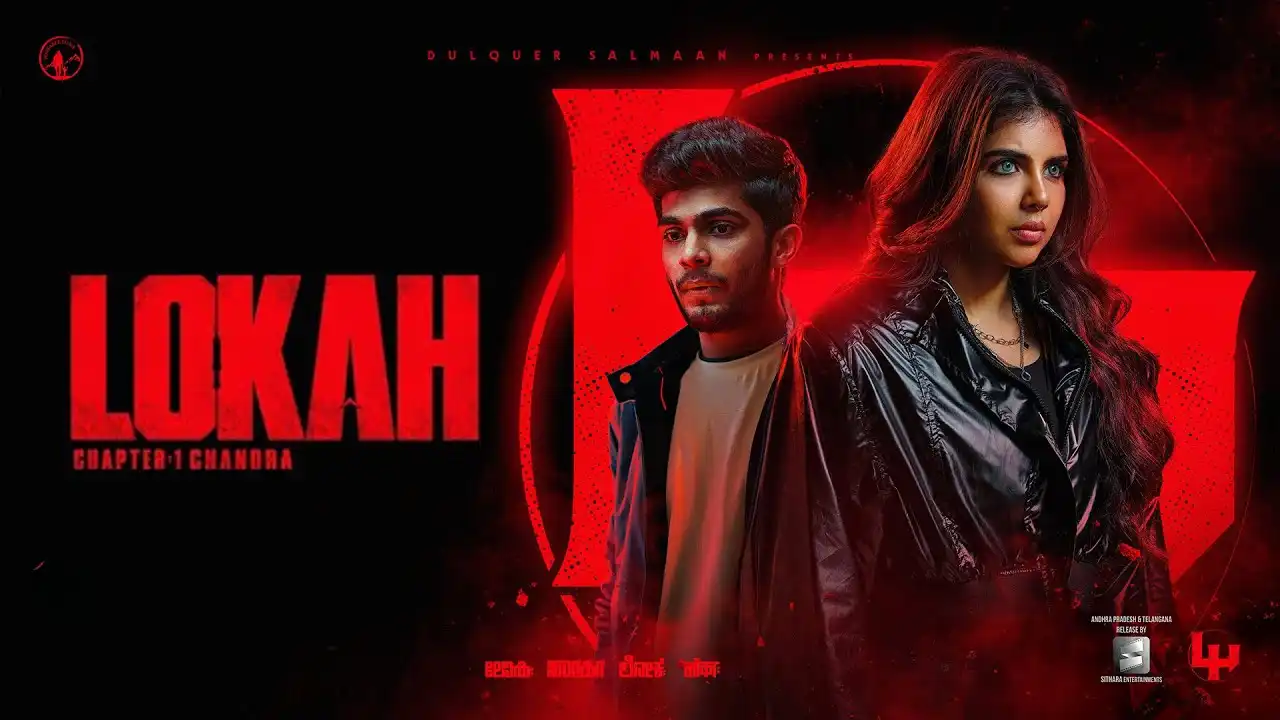Trigger Warning: Rape
Dr. Meena T Pillai is a feministic scholar, critic, who is a professor at the Institute of English in Thiruvananthapuram and the Director of Centre for Cultural Studies. She edited the first ever volume of essays on the representation of women in Malayalam cinema and subsequently published a series of essays exploring the cultural politics on Kerala modernity, popular culture’s negotiation in Kerala’s gender histories, Indian cinema’s shaping of the national imaginary, and most recently the transformations of Kerala’s gender cultures in the age of new media. She has published widely on gender and cinema. ‘Women in Malayalam Cinema: Naturalising Gender Hierarchies’ is one of her noted works.
Camera Obscura is a prototype of the cinema and this Marxist model is very influential in film theory. It has even been adopted as the title of a prominent feminist film journal, Camera Obscura, which replaced Women and Film.
The essay, ‘Camera Obscura’ to ‘Camera Dentata’: Women Directors and the Politics of Gender in Malayalam Cinema investigates women directors in Malayalam film as historical subjects, examining how they position themselves within Kerala’s cultural semiotics and popular fantasy, breaking or justifying an illusion coded to the measure of gender demands. The logic of commercial cinema is that it requires the female directors to align themselves with the representative politics of the male gaze and a capitalist pleasure— seeking economy, reducing women into passive codes of femininity and aligning men within the entries of a hegemonic masculinity, effectively forbidding the play of alternative languages of desire in the movie.
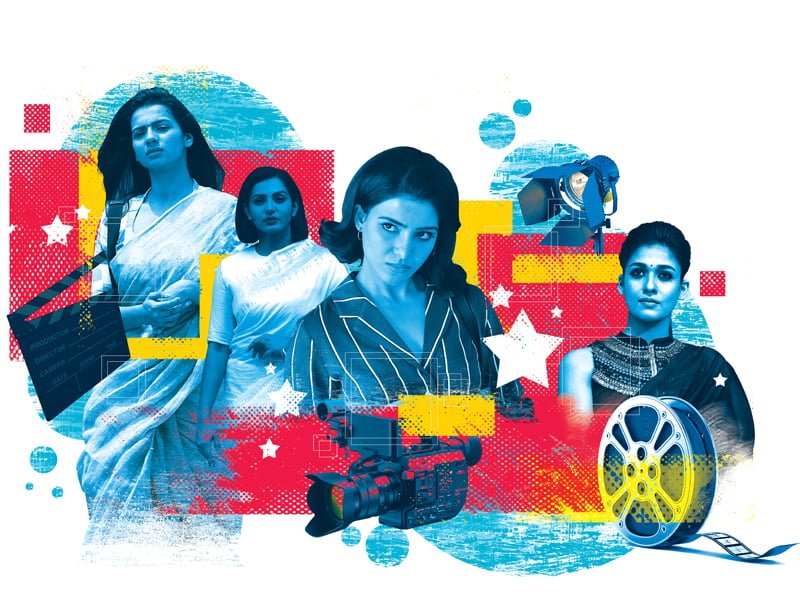
That is to discuss their complex connection with mainstream cinema’s ideological systems. Some female filmmakers can be said to inhabit a mode known as the camera obscura, capitulating in ways to representational inversions suited to popular logic and pleasures, producing ideological permission for capitalism and patriarchal fantasies.
Kavitha by Vijaya Nirmala is the first Malayalam film directed by a woman, as explained by Dr. Meena T Pillai. While adhering to thematic standards and conventions of the time, Kavitha was distinct in its inherent flaws. The plot centres around a lady who is compelled to engage in sex work in order to educate and raise her daughter, but she ends up killing the guy who offers her refuge after he rapes her daughter.
Other female directors, on the other hand, continue to mount trenchant attacks on popular representational politics, destroying the pleasures of the male gaze by critically complicating, and thus disrupting, which is very self-evident, despite their desperate straits within the industry’s growing fetishisation of entertainment and feudalisation of capitalist patriarchy. Camera Dentata is their mode, a serrated representational instrument that sees the boundaries of phallic meaning and disseminates the performative and penetrative power of its gaze.
Also read: Mothers In Malayalam Cinema: From Ideal Care Givers To Individuals With Boundaries
Camera Obscura is a prototype of the cinema and this Marxist model is very influential in film theory. It has even been adopted as the title of a prominent feminist film journal, Camera Obscura, which replaced Women and Film.
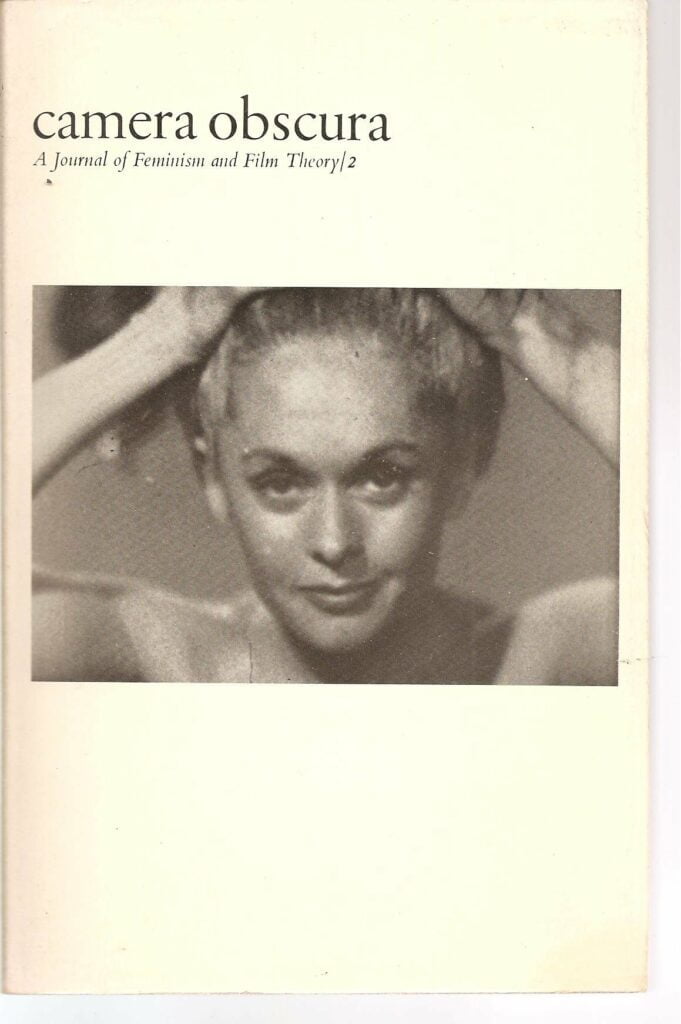
The essay explains that there have been two types of female directors in Malayalam cinema: those who try to pierce this logic from within the male enclaves of popular cinema, and those who aspire to be a ‘other’ to the mythmakers of the phallic order. The author reads the first form of intervention through the Marxian specular metaphor of the camera obscura as a hierarchical system of ideological inversion in which the real is replaced by an illusory spectacle. The paper suggests the metaphor of camera dentata to examine the latter, which tries to overthrow the patriarchal and capitalist ideological predispositions in the cinematic apparatus, making it capable of weakening the force of phallic signifiers and the “moral panics of sexuality” they create.
Malayalam movies and similar frameworks
Kavitha by Vijaya Nirmala is the first Malayalam film directed by a woman as explained by Dr. Meena T Pillai. While adhering to thematic standards and conventions of the time, Kavitha was distinct in its inherent flaws. The plot centres around a lady who is compelled to engage in sex work in order to educate and raise her daughter, but she ends up killing the guy who offers her refuge after he rapes her daughter.
Sancharam, directed by Ligi Pullappally, an emigrant Malayali woman, uses cinema as a radical weapon to alter women’s consciousness about themselves and the way compulsory heterosexuality maps their bodies on to the representational environments of objectification and fetishism, preventing any possibility of the play of non-normative desires. What is sad though, is that the film was not made available for the public.
The film appears to argue that a woman requires a man and a safe location within the institution of marriage to be secure in life; nonetheless, it supports the sex worker’s limited agency and dignity. As a result, the story is dialogic and dual-voiced. Explaining about another old movie, Yakshaganam; which was an unusual horror film, with Sheela as the female protagonist returning from the dead to haunt the heroine’s live body, thereby portraying both the tamed ideal domesticated feminine and its rebellious frightening ‘desiring’ opposite.
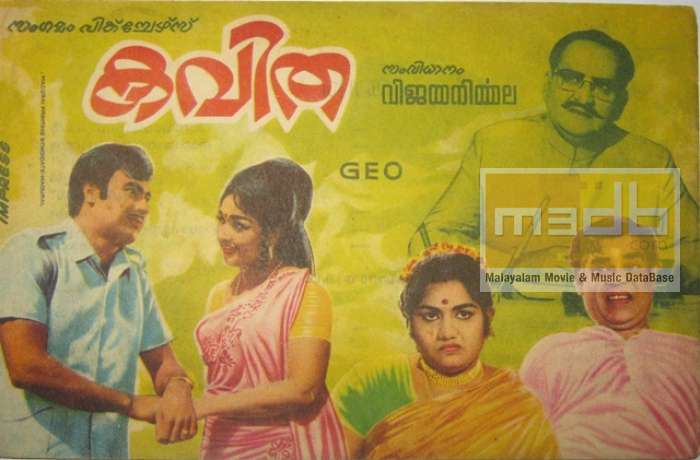
Source: M3DB
A similar tone like Kavitha can be seen in the movie Yakshagana as well. Both are placed within the heteronormative and domestic frameworks. Even considering ‘Akam’, within this framework, the endings of both films reiterate the frailty of patriarchy, beckoning the feminine self to cross over to a space where meaning is in doubt and fear and desire lost their dimensions.
Also read: The Oscars Did It Again! It Chose To Overlook The Women Directors
Sancharam by Ligi Pullappally is one of the most radical films in Malayalam cinema history. Kiran and Delilah are the characters where the former, an upper caste Hindu and the latter, from a devout Catholic household, fall in love with one another. Their long road of self-realisation and sexual fulfilment comes at a heavy cost of social exclusion and cultural stigma in a homophobic world where same-sex love is pathologised.
Sancharam, directed by an emigrant Malayali woman, uses cinema as a radical weapon to alter women’s consciousness about themselves and the way compulsory heterosexuality maps their bodies on to the representational environments of objectification and fetishism, preventing any possibility of the play of non-normative desires. What is sad though, is that the film was not made available for the public.
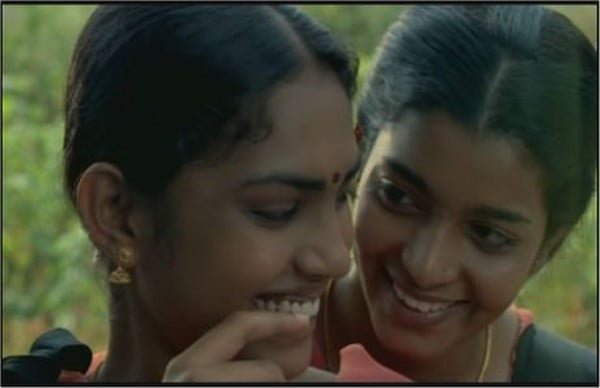
Source: YKA
In the recent time that is in the last decade in Kerala, we have seen an increase in the number of women creating financially successful films over the previous decade. Anjali Menon’s Happy Journey (2009), Manjadikuru (2012), Bangalore Days (2012), and Koode (2018), Revathy S. Varmha’s Maad Dad (2012), Sreebala K. Menon’s Love 24×7 (2015), Roshni Dinaker’s My Story (2018), and Soumya Sadanandan’s Mangalyam Thanthunena (2018) are all films that are solidly inside the interpellative consumer apparatus of mainstream popular cinema, socialising women to work easily within reformed patriarchies, both family and political.
Analysing the essay, it concludes to the point that, from Vijaya Nirmala and Sheela to contemporary icons like Anjali Menon, early female directors appear to embody what this study identifies as the camera obscura style. Karl Marx’s metaphor of ideology to the camera obscura has provided useful insights into how dominant ideologies such as hegemonic masculinity or the symbiotic dynamics of capitalist class oppression and women’s sexual oppression shape optical and libidinal inversions. The metaphor of the camera obscura and the importance of inversion to the ideological process is appealing in which it says that power structures and their regimes of representation are critical of how women understand themselves and make sense of their experienced social situations.
Also read: Diving Into Ammu And Jaya: Two Protagonists From South Indian Cinema
In contrast, feminist women directors in Malayalam continue to question phallic significations with their cinematic works, using opposing cinematic languages and discursive apparati to construct meaning. The intense desire among two women conjures new codes unknown to the Malayali audience, shaking up culturally imposed connotations. The camera dentata comes into play here, as culturally regulated semantic domains blur and a more slippery process of meaning arises. There are constant attempts to transfer, superimpose, and juxtapose multiple discourses, which merely show the endless often used, that characterize subject production. Stating many examples like these from selected movies the framework is well explained by the scholar, Meena T Pillai, and tries to communicate the idea of Camera Obscura and Camera Dentata to the commoners.
